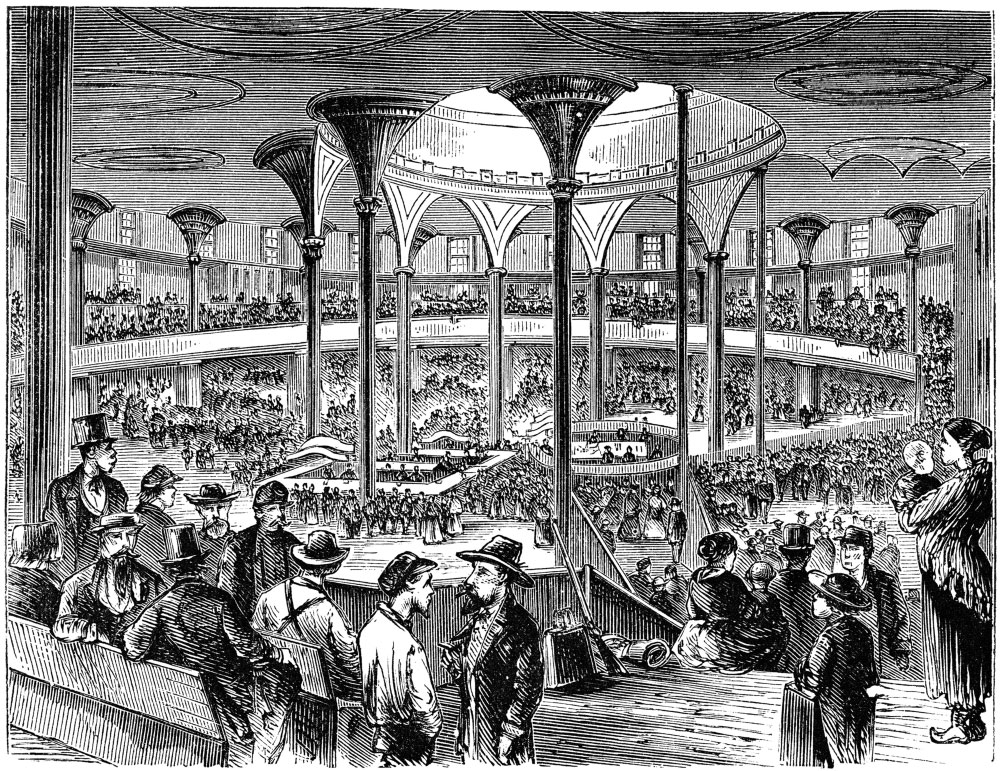Today's ancestor is Brice Larimer McClure, my husband's maternal grandfather, born on December 25, 1878, in Little Traverse, Michigan. Little Traverse is part of Petoskey nowadays, located in Emmet County, not too far (as the crow flies) from famous Mackinac Island. The county was named after Robert Emmet, an Irish nationalist born in Dublin.
And thanks to Mary Elizabeth's "ME and My Ancestors," which mentioned that Google Timelines had been featured on Genealogy Gems, I now know about the wonderful tool Google News Timeline to look up events of the era, as well.
So what was life like for newborn Brice, his 1-yr-old sister Lola, and his parents, William Madison McClure and Margaret Jane Larimer McClure? I have a few clues.
- Railroad fever and lumber demand fueled growth. A lot of railroads were active in Michigan at this time, as the US economy expanded. The first-ever Statistical Abstract of the US shows that the US treasury held a record $215 million in 1878! (The public debt was just over $2 billion, a direct result of the Civil War.) Petoskey was about to be incorporated, in fact, and lumber was a major industry, here and throughout Michigan. Water access increased the value of this area for industry. Rapid economic development meant work for Brice's father. Did he get his start on the railroad here? By the 1880 Census, Brice's father was listed as "worker on railway" and his home was in Millersburg, Elkhart County, Indiana.
- Cool summers, clean air = resort community. The area in and around Petoskey, a scenic stop on the railroads from Grand Rapids and beyond, grew into a haven for city-dwellers seeking to escape the heat in summer resort communities. Yellow fever was a problem in Southern states, and crowded cities were already viewed as unhealthy for those with fragile constitutions or chronic conditions. Of course, Brice was born on Christmas, when the weather was REALLY cool, and the family lived no more than 18 months beyond his birth in this resort community, so he never experienced the "resort" atmosphere. But he did live nearly 92 years...perhaps his healthy beginnings helped?!
- What about culture and education? Brice and family were probably busy trying to survive, so I doubt they were buying books or attending concerts at this point (LOL). Just a few years before Brice was born, however, a landmark court case in Kalamazoo affirmed the concept of tax support for public high schools in Michigan towns. Out in the wider world, Mark Twain's Adventures of Tom Sawyer had been published in 1876, and Gilbert & Sullivan's HMS Pinafore debuted, bringing "I'm Called Little Buttercup" and other classics to lips across Europe and into America. Brice's descendants became Mark Twain fans, he might have been pleased to know.












